Mimosa bashful: description, planting and care
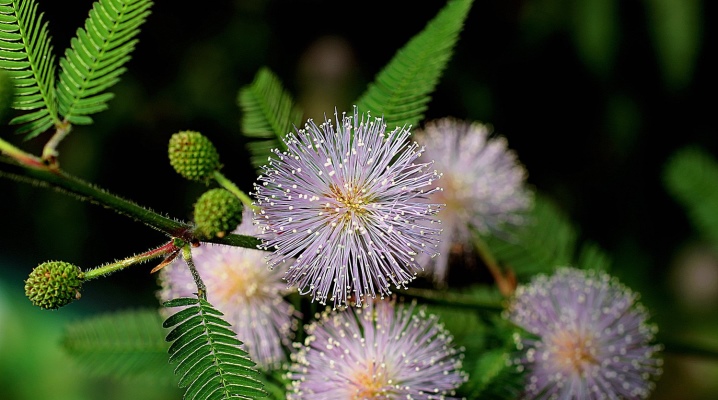
Shy customers notice mimosa on store shelves in early spring. This is a symbol of the women's spring holiday, which, with its touching mauve flowers and delicate fragrance, fills the house with an atmosphere of tenderness and romance. You can grow mimosa on your own at home, but it is important to know how to plant a culture correctly and comply with all care requirements.
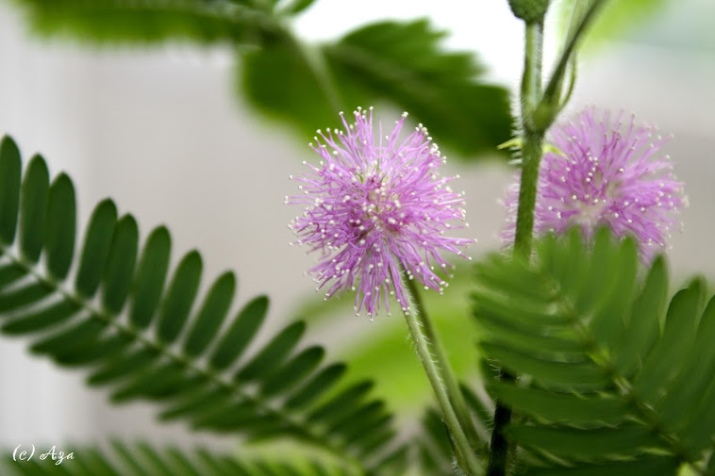

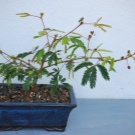

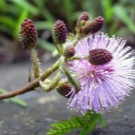
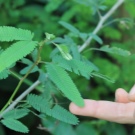
Peculiarities
The culture presented, which can be sold in the store under the names Mimosa pudica or Campina, is widespread throughout the world, and is believed to be home to the rainforests of South America. This is a herbaceous plant that in its natural environment reaches a size of 1.5 m, and if grown as an ornamental crop, it usually does not exceed 60 cm.
The inflorescences have an unusual ball shape, they stand for about three days, after which they fly around, they are quickly replaced by new miniature flowers. The color of the flowers is pink-lilac. Bloom lasts for 4 months from June to September. The plant has bipinnate leaves, covered with a light short hair.
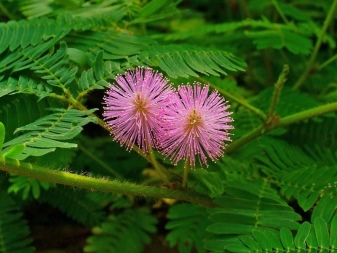
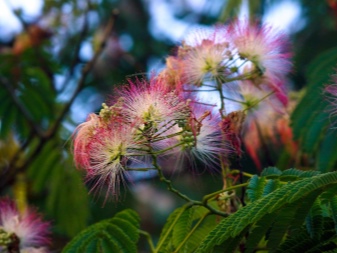
This representative of the flora has a thorny stem, and its seeds, like all legumes, ripen in pods. The leaves of the plant are very sensitive: for example, sensing a touch or a lack of light, they fold to the stem, and this process looks very impressive. Thus, the culture conserves moisture and sunlight when growing in the rainforest. After half an hour, the leaves return to their previous position. In apartment conditions, this feature, with frequent manifestation, can provoke large expenditures of the internal forces of the plant and its depletion. Therefore, try to contact the flower as little as possible.
When buying bashful mimosa seeds, you should remember that its natural conditions are a tropical climate., and therefore cultivation is possible only in a room or in a greenhouse. It is important to provide the flower with an abundance of light, high humidity, and warmth. Another property of this plant is tobacco smoke intolerance. Therefore, do not plant it in a room that is close to the smoking area, otherwise the flower will die.

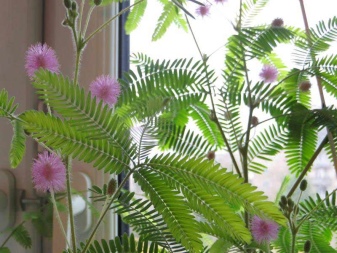
An interesting feature of culture is the presence of a life cycle that lasts approximately 22-23 hours. At this time, the flower folds the leaves and after a while dissolves them again, and this phenomenon does not depend on daylight hours.
In the natural environment, the flower belongs to perennial crops, but when grown in indoor conditions by winter it dies off or loses its elegance in appearance, therefore, it is often kept in the house as an annual. If you want to keep the culture as a perennial, then it is recommended to plant it in a greenhouse. - it is easier to create conditions close to natural here: lighting, humidity and temperature.
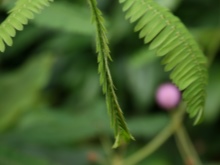
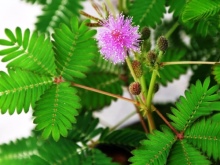
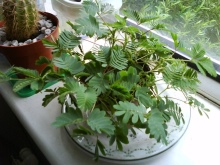
Conditions of detention
If the choice of a florist fell on this representative of the flora, you should carefully consider the choice of the place, ensuring a certain temperature, humidity and lighting.
Location and lighting
First of all, it is important to choose the right place for installing the flowerpot. The fact is that the pollen of the plant is very allergenic, and its foliage is toxic, and if accidentally ingested it can cause serious poisoning... In this regard, make sure that the flower is out of the reach of children and animals.In addition, it is believed that these toxic properties contribute to hair loss in humans.
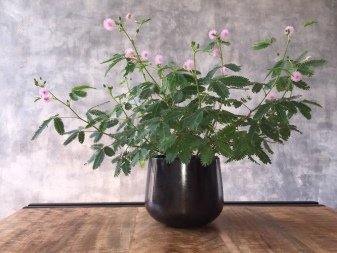
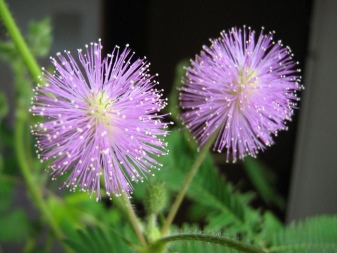
Being a tropical plant by nature, this culture prefers to grow in good light, and sunburn is not terrible for its leaves. However, it is adapted to the brightness of light smoothly, not sharply, even if it is planted in open ground. Especially the gradual adaptation to light is important for newly purchased plants or seedlings. Therefore, place the pots on the south windows and prepare shelters that will protect the plant from bright rays during the midday hours.
It is allowed to place the pot on the east or west side, but in this case, take care of additional artificial lighting. The duration of daylight hours, favorable for a flower, is 12 hours.
Feeling a lack of light, the stems will begin to stretch, the flower will lose its decorative effect, probably a complete lack of flowering.

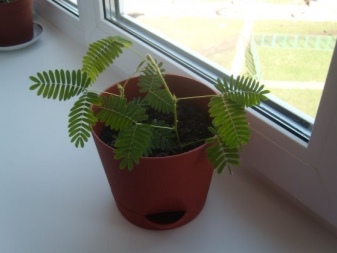
Temperature and humidity
Air humidity is very important for a tropical guest who is grown on a windowsill, his health and appearance depend on it. The recommended moisture content for this flower is at least 70%. To achieve this, you can spray the air near the pot from a fine spray, but try to avoid contact between water and leaves, then drops that fall on the foliage will imitate dew.
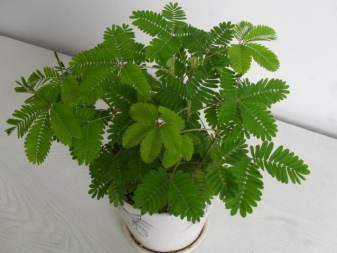

Another way to achieve the desired humidity level is to place a bowl of water on the windowsill. In addition, it is allowed to place the pot in a pallet with wet expanded clay so that the bottom is not submerged in water. Especially these manipulations are important during the period of active growth.
In order for the flower to feel comfortable in the room, the temperature should be maintained at + 20 ... 24 degrees. In winter, the plant will feel good if the thermometer drops to + 16 ... 18 degrees.
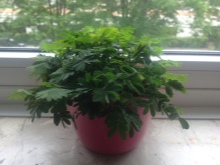
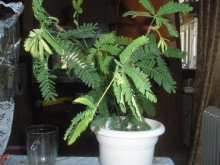
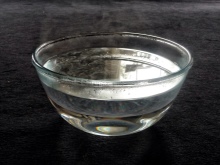
How to plant and replant?
Planting is carried out in the first half of spring. First of all, the seeds should be treated by soaking them for 30 minutes in hot water or hot growth stimulant solution to improve germination. After that, the peas are dried, but for now a loose nutritious soil is prepared, which must include peat. For disinfection it is watered with "Fitosporin" or a weak solution of potassium permanganate.
You can sow seeds in a large container, and planting in separate pots is also allowed. The seed placement depth is 5-10 mm. For planting, a standard substrate of sod and leafy soil, as well as sand, taken in equal proportions, is suitable. There is no need to compact the soil after sowing.
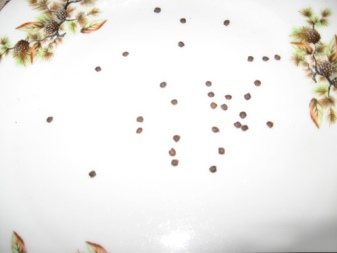
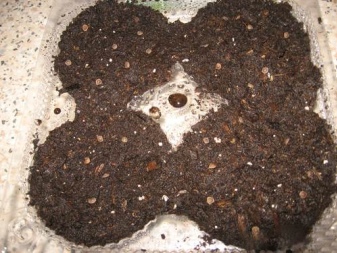
Having deepened the seeds into the ground, the sowing site is well moistened, and the container is covered with film or glass to create greenhouse conditions. Next, the container should be placed in a place where the sprouts will be provided with bright diffused light. Favorable temperature for germination is +25 degrees. The container should be opened every day to ventilate and moisten the soil from the sprayer. The first shoots can be observed within two weeks. When sown in a common container, the seedlings dive when they reach a height of 5 cm, two to three specimens in one glass.
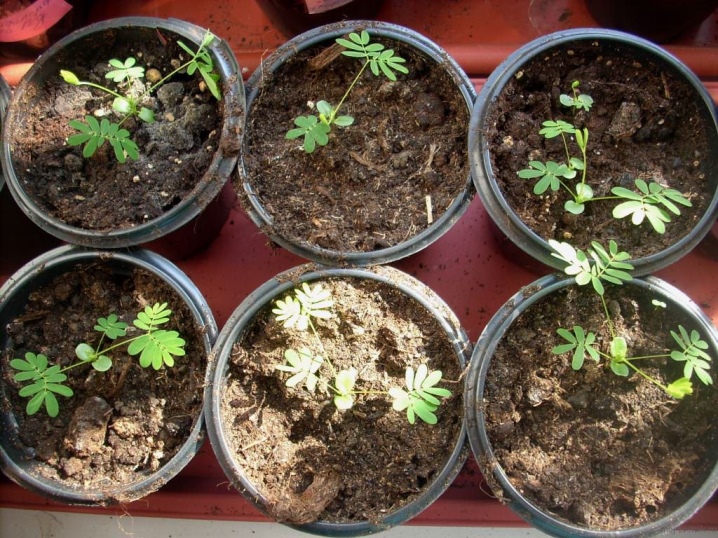
Sometimes the flower needs a transplant. For example, after winter, the plant continues to develop, and there is little space for it in the old container. In this case, the grower should transplant the culture into a more spacious container. It is important to use the same substrate that was used for planting. At the same time, high-quality drainage should be organized at the bottom of the new flowerpot, and a mixture of components such as sod land, peat and leafy earth, taken in equal quantities, is suitable as a soil. For the looseness of the substrate, perlite is also added to it.
The transplant is carried out by the transshipment method while preserving the old earthen coma. Only the most contaminated top layer of the soil mixture is removed, after which the transplant area is moistened.
Remember that it is forbidden to transplant in winter, and keep in mind that the root system of the presented culture is very fragile, so all actions must be very careful.
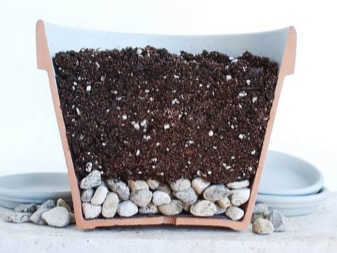
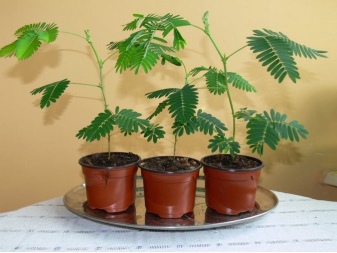
How to take care of it properly?
Shy mimosa needs careful care, which consists of watering, feeding and pruning or pinching.
Watering
The mode of irrigation procedures does not differ much from the features of humidification of other indoor crops. During the period of active growth and flowering, mimosa is abundantly and often watered, waiting for the top layer of the earth to dry. During the dormant period, the plant will slow down its growth, and then moisturizing procedures are reduced to a couple of times a week, maintaining a slightly moist soil and avoiding drying out of the soil in the middle layer. When watering, it is very important to observe moderation - the plant cannot stand either complete drying out or waterlogging.
In this case, it is recommended to use ordinary settled water, and after watering, loosen the soil along the upper layer so that no seals and crusts form on the surface.
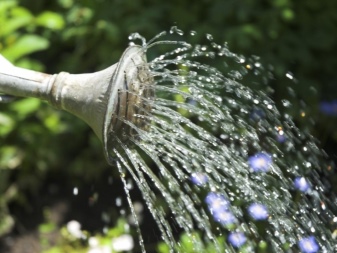

Top dressing
The fertilization schedule is also quite similar to fertilization, which is usually done with respect to other plants. So, from spring to autumn, the culture will feel good if additional food is added every 2 weeks. During this period, standard amounts of dressings are suitable, the composition of which should be carefully examined on the packaging of the product before use. During the dormant period, the flower does not need feeding.
When choosing fertilizers, give preference to universal and complex organic-mineral mixtures. If complex fertilizers are used for flowering plants, it is recommended to take an amount halved than indicated in the instructions.

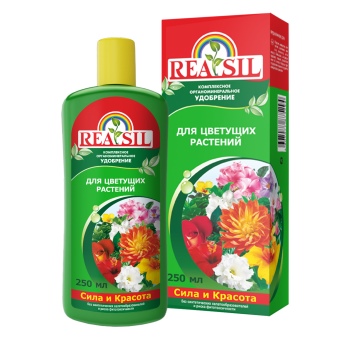
Pruning
Regular pinching of plants is necessary so that it does not stretch out and displays more new shoots. At the same time, the tops of the main branches are pinched. The starting procedure takes place at the beginning of April. Flowers are formed on young shoots, therefore, the more there are, the longer the flowering period will be observed. But be careful - pinch only the longest branches.
The repeated pinching process is carried out after flowering, and then for the next season the culture will form not one, but 2 processes. Pruning should be gentle - if the grower overdoes it, the flower may die. If necessary, it is better to install a support made of wood, and carefully tie the mimosa by the trunk. During the rest period, the culture is not pinched.
In the case of growing a flower as a perennial in March, the entire stem should be cut off almost completely, leaving only 10 cm.
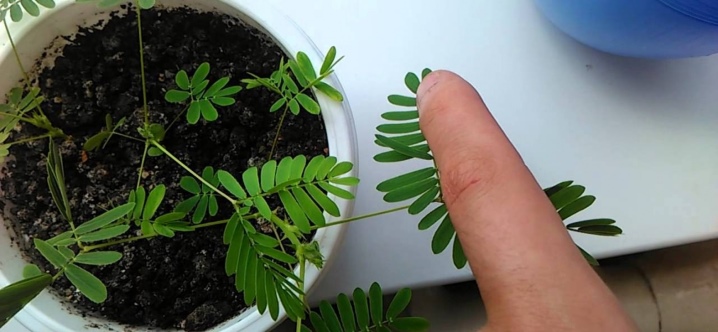
Reproduction methods
The most common and most promising breeding method is sowing by seeds... The description of the planting process itself has already been given above, and now we will get acquainted in more detail with the procedures for pollination and collection of seeds.
For reproduction, seeds should be collected, and if in nature pollination occurs due to insects or wind, then at home this process falls on the shoulders of the grower. To carry out pollination, simply transfer pollen from one flower to another with a clean brush., or gently rub two pieces together, shaking gently to crumble the pollen.
Gradually, the flower will begin to descend, its stem will become denser, a pod containing 2-10 beans will form. Ripe dry spatulas are harvested after flowering is complete, wrapped in paper and stored in the refrigerator at a temperature of about +5 degrees, after which you can start planting.
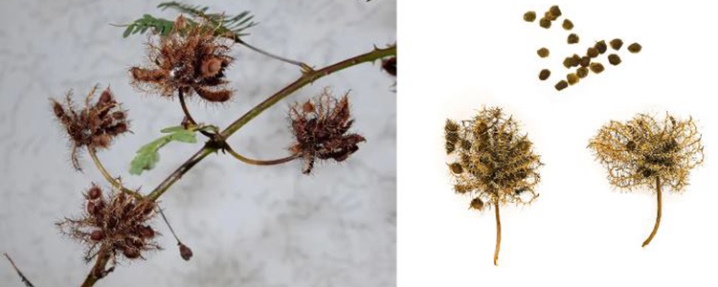
The presented culture is propagated by cuttings. This is a less laborious process, but the survival rate of cuttings is very low, even when using high-quality planting material.This method is irrelevant even in the circles of experienced gardeners. As practice shows, out of 10 cuttings, only one can take root.
If the flower lover still wants to experiment, then the cuttings should be placed in water or in a mixture of peat and sand, but recall that the rooting process is quite problematic.
The likelihood of a successful result will increase if you use root stimulants.


Diseases and pests
The plant can be affected by various ailments. Most often, their appearance is caused by non-compliance with the rules of agricultural technology. So, noticing that flower drops leaves, it can be assumed that the grower was unable to provide regular watering.
Observing yellownessformed on the leaf plates, or paying attention to the leaves that do not open when the day comes, it is worth reducing the frequency of watering, since all these signs indicate waterlogging of the soil.
When a flower is deficient in light, then they talk about it stretching shoots, their loss of elasticity... Sometimes, with poor access to light or low temperatures, the plant does not bloom.
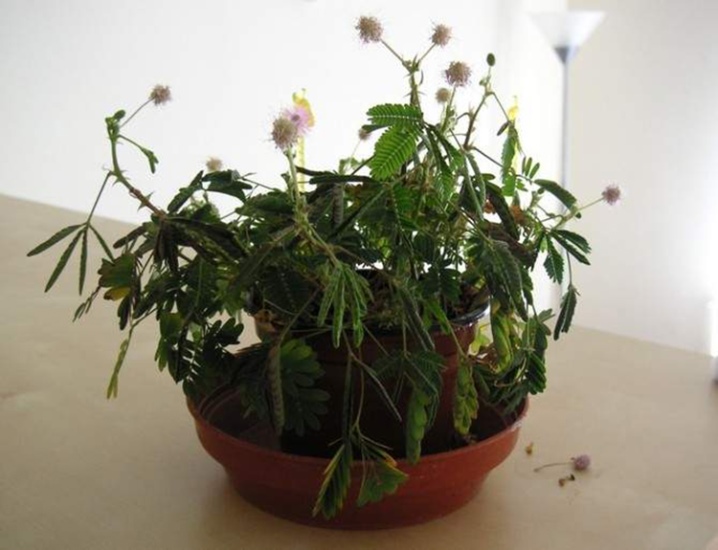
Often, this culture is affected by harmful insects. Its most common enemies include several pests.
Aphid
These are miniature bugs that love to feast on the juice of tender foliage. Aphid colonies can be seen on the bottom of the leaf plate or at the top of the stems. NSDue to the destructive influence of these insects, the leaves become covered with a sticky bloom, the tops curl up, and development stops.
If the grower noticed the problem in time, and there are not so many individuals yet, then to protect the plant, you can treat it with soapy water. If the flower has managed to hit the whole hordes of aphids, then spraying with "Permethrin" products, as well as "Fitoverm" or "Agravertin" preparations can help.
When treating, it is important to eliminate twisted branches damaged by insects.

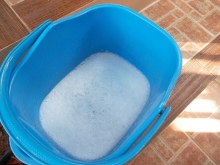
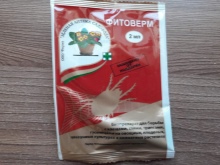
Spider mite
The presence of this pest is indicated by light dots on the leaf plate, as well as a cobweb on its seamy side. Under the influence of the pest, the flower gradually withers. To save the culture, it is treated with a soapy solution with the addition of alcohol.
If this mixture did not please with the desired effect, then they use "heavy artillery" and turn to the help of insecticides and other means, such as "Sunmight", "Actellik", "Omite".
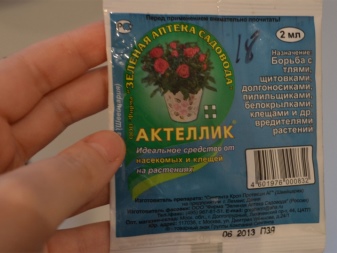
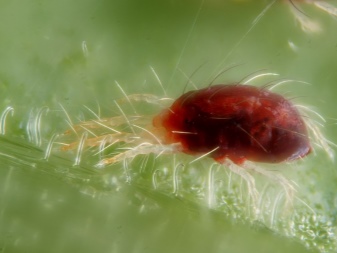
Whitefly
If this insect infects a flower, then the owner will notice translucent scales on the lower surface of the leaf. A sticky bloom forms on the leaves, the culture loses its brightness, looks lifeless and sick. To overcome the pest, flower growers wash the plant with soapy water and process it with tobacco infusion. And also the drug "Aktara" effectively copes with these creatures.

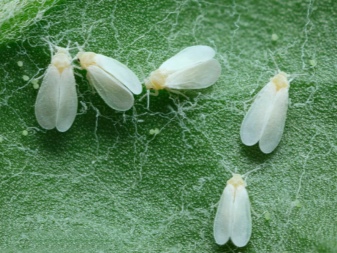
As you can see, caring for bashful mimosa is not difficult, although it requires adherence to simple growing rules. But for his labors, the florist will be rewarded with lush and abundant flowering on his windowsill.
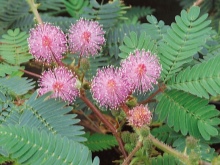
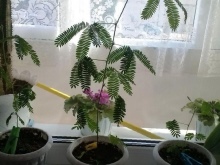
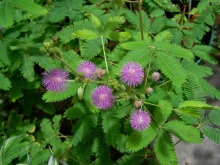
For information on how to grow bashful mimosa from seeds, see the next video.



































































The comment was sent successfully.